Introduction
“How can you ensure workplace accountability in a virtual workplace?”
“What makes me think they will deliver what’s needed remotely?
“Will anything actually get done if they telecommute?”
Virtual or remote team responsibility has been a concern of stakeholders since Jack Nilles started teleworking for NASA in the 70s. And while much has changed over four decades, many of the questions concerning telework accountability haven’t.
Out of the many questions from agencies we receive, ones related to our remote work environment are still common and these deserve an expounded answer. Here’s why physically decentralized workplace skepticism is still a thing, our answer to it, and our example as a globally distributed team of 50+ remote workers and counting (see our going remote story).
It’s not that it can’t be done remotely.
You just don’t trust us to do it.
It’s about trust and everybody knows it. This is the main reason, that trust has to be earned and it can only come through the passage of time (i.e. we have a chicken and egg problem). So how can fully-distributed agencies like ours demonstrate that they can be trusted? It starts with finding out who trusts them already.
Time to serve up some proof pudding.
We can start with sharing key success stories delivered remotely, examples of invested trust and the success that comes from it. Shared collateral like this of course isn’t a catch all; there are plenty of agencies with embellished case studies—though often not public, and with the expressed permission of the partner.
Due to contractuals and certain circumstances that involve agencies and end-client preferences, not all endorsements, testimonials, or success stories can be publicly shared. To establish initial confidence, though, discussing services feedback from others is a step forward. Here are some recent AskNicely snippets from the last few months (i.e. this how we correlate to produce our Net Promotor Score, our ultimate success measure).




Everyone has an opinion on remote work.
Few are realistic.
Where there are two people, there are three opinions. But there’s a realism to remote work that skeptics and optimists miss and that is the reality behind their day-to-day activities.
For most agencies operating in the digital services space (providing integrated marketing, web development, etc.), all of these are virtual services. In this way for those who actually do the work, we are all working remotely through our devices—the question is to what degree. When it comes down to actual productivity, for most of us it’s close to 100%.
Here's a semi-sweet dose of objective truth.
Waking up and smelling the routine now, from the services you charge your end-clients for to the time tracking, project management workflow, and success metrics that account for it—you do everything digitally.
This is true regardless of whether or not you’re part of an officially remote team. Remote realism is the objective truth behind today’s digital world. Realize how you’re taking in this sentence. For most of your day, this is how you’ll absorb and relay information. And all of your in-office collaborations, roundtables, and desk drop ins are oriented toward this digital output.
Your in-office ability to huddle, to discuss projects and progress, is possible through channels that extend beyond the dimensions of your desk, your office’s lobby, or your town or city. And in the end, the work that goes into providing digital services has to be quantified, measured by end results, and streamlined through a visible workflow system. By virtue of the remote environment this has to come first and not as an afterthought.
Is this really about productivity levels?
The results are in.
Numerous studies have found that employees who work from home are 10-20 percent more productive than employees working out of a physical office. So does that settle it? No.
Six of one, half a dozen of the other.
For every six studies that back remote work productivity, there are half-dozen opposed. We could play this game for a while—so what can we take from this? Each survey-based, output-based, time-based study (conducted either by a small fry agency or Stanford University department) is based on one thing.
The reality is: productivity comes down to people.
Preferences, abilities, and personalities considered; that's what it's alway been about. If you hire people who are a good fit for your organization’s culture (remote or in-office, you’re able to build a team that’s highly charged and primed to deliver. At our agency, our employees’ freedom to choose their environment, the enthusiasm about their work, and their commitment to the team facilitates their productivity. That's because take an inordinate amount of the time to find the right people and to foster the right work culture.
If it's about long-distance collaboration...
how will you open another office?
Collaboration is often cited as one of the key areas where remote work fails. But if collaboration requires physical presence, how could it be possible for any organization to branch out to more than one office?
A failure of collaboration is more about disengagement than it is about the lack of physical closeness. Again, it’s likely to be a people problem rather than a proximity problem. If employees are disengaged and not communicating effectively, such problems would occur no matter where they work.
Small details tie into a bigger picture of accountability.
If we’re fixated merely on maintaining proximity rather than building connection and engagement between members of a team, we’re failing to see the forest through the trees. Superfluous processes or restrictions that do not address the root cause of the problem will hinder and further obstruct creativity and authentic engagement. We use 7geese integrated with Slack to facilitate positive engagements and Objective and Key Results (OKR) checkins publicly.
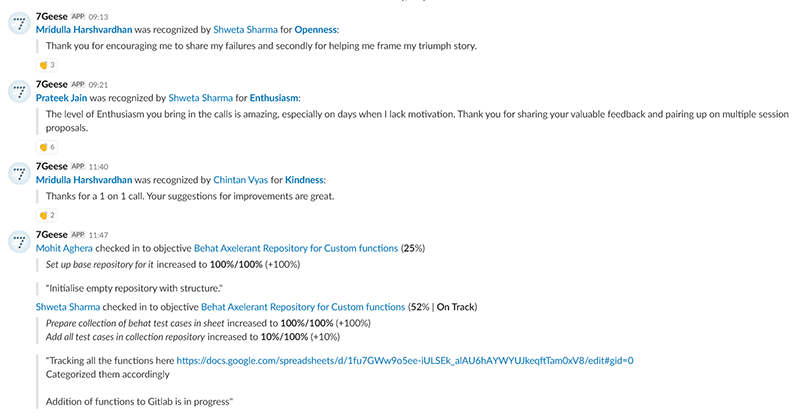
It serves distributed agencies much better instead to focus on establishing good working relationships between team members, building engagement and a healthy work culture. At Axelerant, this has always been a key focus. Although we're remote, we are not disconnected.
Throwing some stones, now.
Collaboration works better with remote than in many co-located teams, because there’s a deliberate focus on it; the entire system is intentionally built to enable asynchronous communication, better documentation, and greater transparency.
It’s often the assumption that because remote employees could theoretically get away with working fewer hours (read: getting less done), that’s what they’ll choose to do. When the culture is built on a foundation of trust, this doesn’t hold. Again, success is about the right people, first.
Hiring for remote has always been the hard part.
In our team, we’ve found that the remote model works best when it’s supported by effective hiring and processes. We focus on people who are talented and who fit in with our values.
When people are motivated to deliver, aligned with the organization’s purpose, and the organization is willing to trust them and give them the flexibility to do their job in the best way possible, we find accountability is no longer something that needs to be demanded of them or artificially enforced. It’s a natural outcome from a highly engaged team.
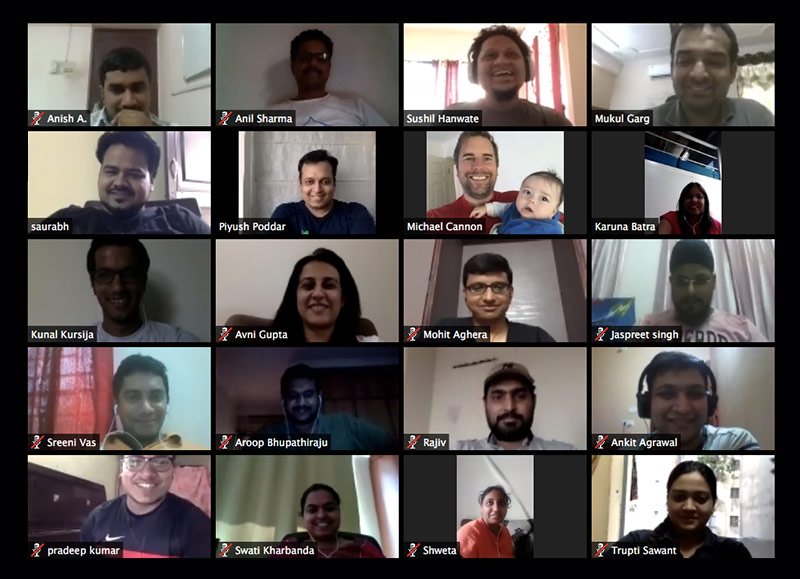
Remote work on a global scale isn’t without its headaches. Engagement, for one, needs to be actively fostered. Sustaining a healthy remote work culture isn’t easy. And finding the right people with the right mindset, aligned goals, qualifications and experience levels is a challenge faced by the entire organization—hiring the right people for remote is really, really hard.
Not everyone will be a good fit. At Axelerant, we hire only the top one percent of applicants. We’re careful to hire only applicants who are closely aligned with our organizational values and help them adjust during a 90-day onboarding period.
We help our team members identify clear goals, set Key Performance Indicators (KPIs), establish ways to track progress, and retrospect regularly. All our engineers have a mentor assigned to them, to help them grow their skills and overcome any challenges. We’re also generous with providing them opportunities to advance their knowledge and meet others in the industry.
Process + Technology = Visibility
There will be times when people will struggle and processes will fail. To function seamlessly, teams cannot depend only on people for accountability, but also the system. If there is a gap, the system has to be engineered in such a way that all relevant information is captured, and challenges are highlighted early. Here's an example from one of our Officevibe dashboards, that helps us track and measure team health and live feedback weekly, for example.
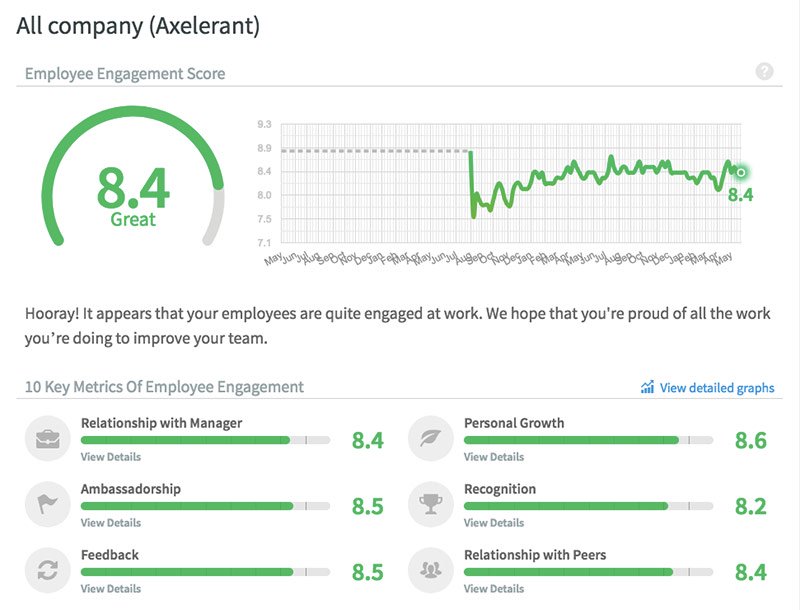
When remote teams are truly agile and follow all the associated ceremonies, this facilitates a high degree of transparency. Agile processes have several built-in checkpoints with various stakeholders as well as key metrics that are tracked, and progress (and any roadblocks) is clearly visible via the scrum board in Jira.
All this serves to eliminate blind spots, allowing team members to proactively and reactively address any issues as they arise. From providing leave documentation in advanced to sourcing meeting notes on request, we’re assiduous about creating and maintaining meaningful documentation that’s open to partners.
Journey mapping really helps.
At the beginning of each engagement, we define a success journey with our partners, so that we’re able to understand their pain points and so that we’re always working towards the bigger picture. This is the stage at which we identify mutually agreeable processes that facilitate trust and transparency. That provides visibility at a high-level, and from the start.
Following the project kickoff, we set clear expectations with our partners regarding what will be covered in each sprint, and we follow through with regular check-ins, gathering feedback and concerns, and making improvements as needed—all backed by the right tools.
Our team members are also aware that their work isn’t mindlessly resolving tickets, one after the other—but that their work has an impact on the project’s success, and that there are dependencies with the rest of the team. They understand the need to communicate constantly to make sure these aren’t overlooked.
Beware of that cold, dark place
where opportunities go to die.
Questions around accountability get raised when there is a lack of trust and leadership fails, the energy behind team engagement, or the responsibility and integrity of the team members themselves. Trust is something that has to be earned and reciprocated in kind and without opportunity or willingness, there’s just limbo.
So if you want to go nowhere fast, here's how.
Keep your concerns to yourself and don't reach out or ask questions. When the onsite or brick and mortar agency fails to deliver a volley of honest, precise questions (that if answered correctly would reinforce confidence), and the remote agency partner fails to provide the answers? It's over before it could begin. This mutually stagnant state is where opportunities of all kinds go to die.
And it happens all the time—the unasked questions, the hesitation to inquire. Honest exchanges of trust, reinforced by actions, shed light on the sources of skepticism and warm relationships with increased confidence through openness.
That’s the first thing.
Everything else is secondary.

Nathan Roach, Director of Marketing
Germany-based consumer of old world wine and the written word. Offline you can find him spending time with his wife and daughter at festivities in the Rhineland.

 We respect your privacy. Your information is safe.
We respect your privacy. Your information is safe.
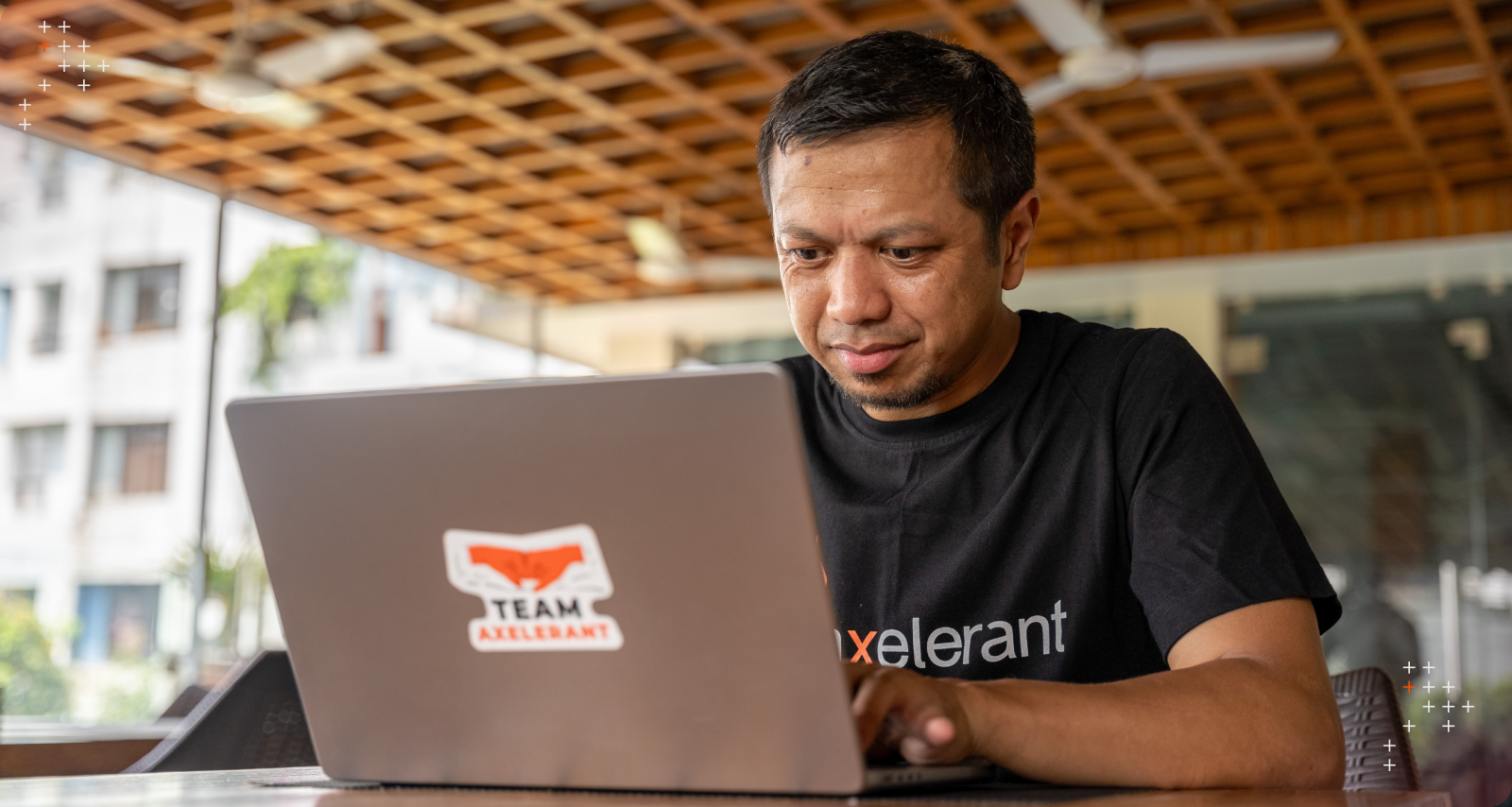

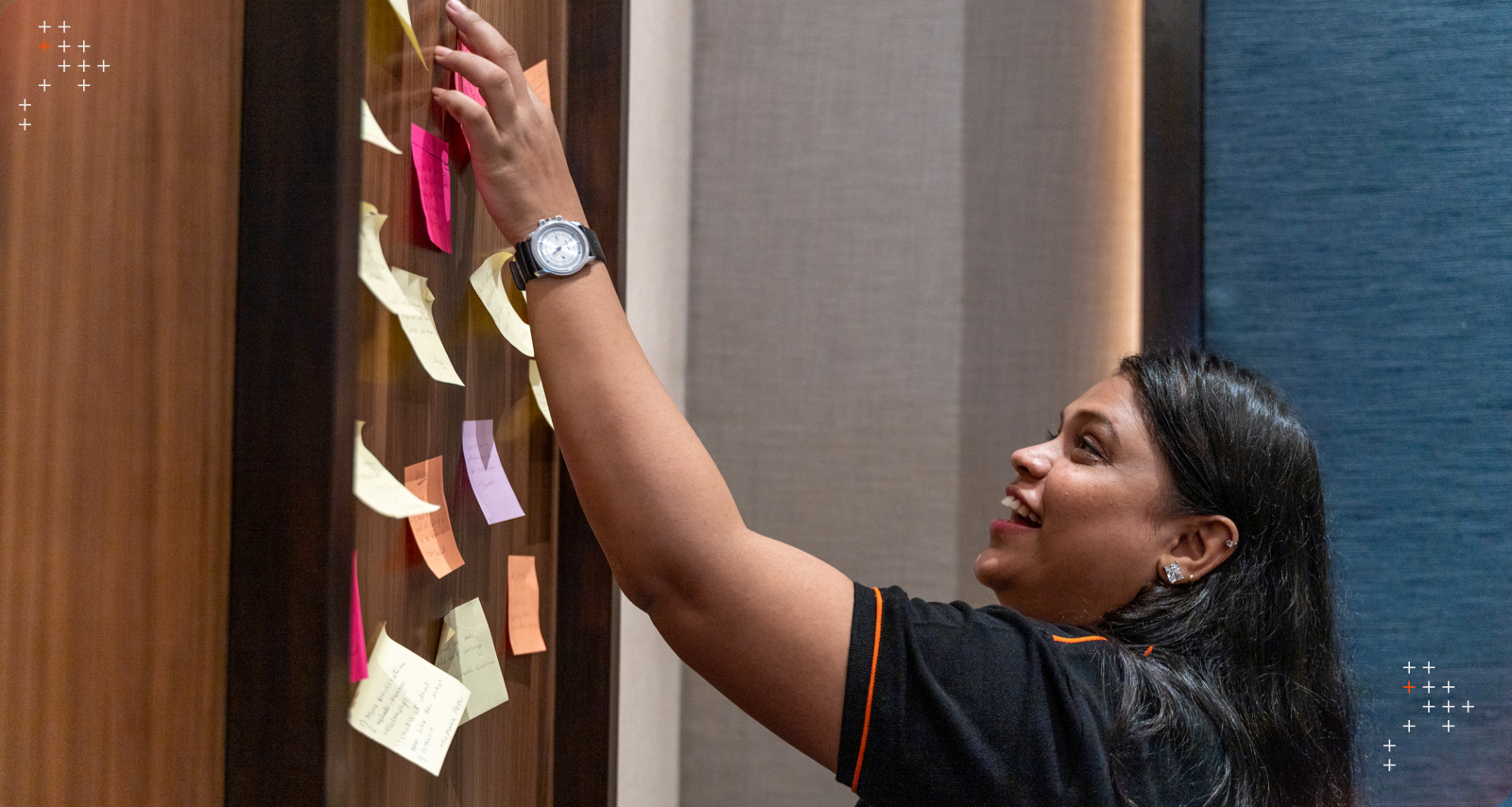

Leave us a comment